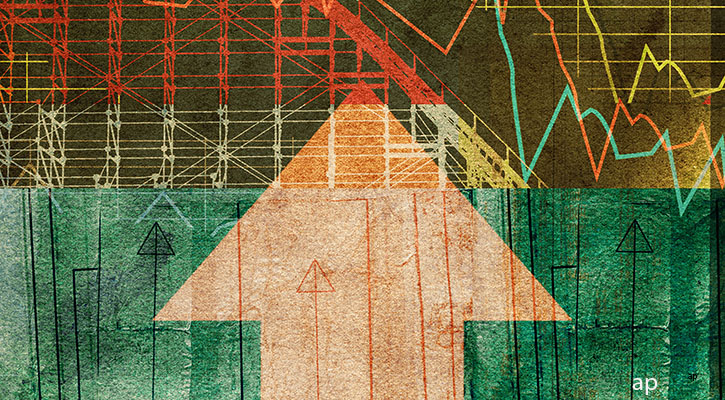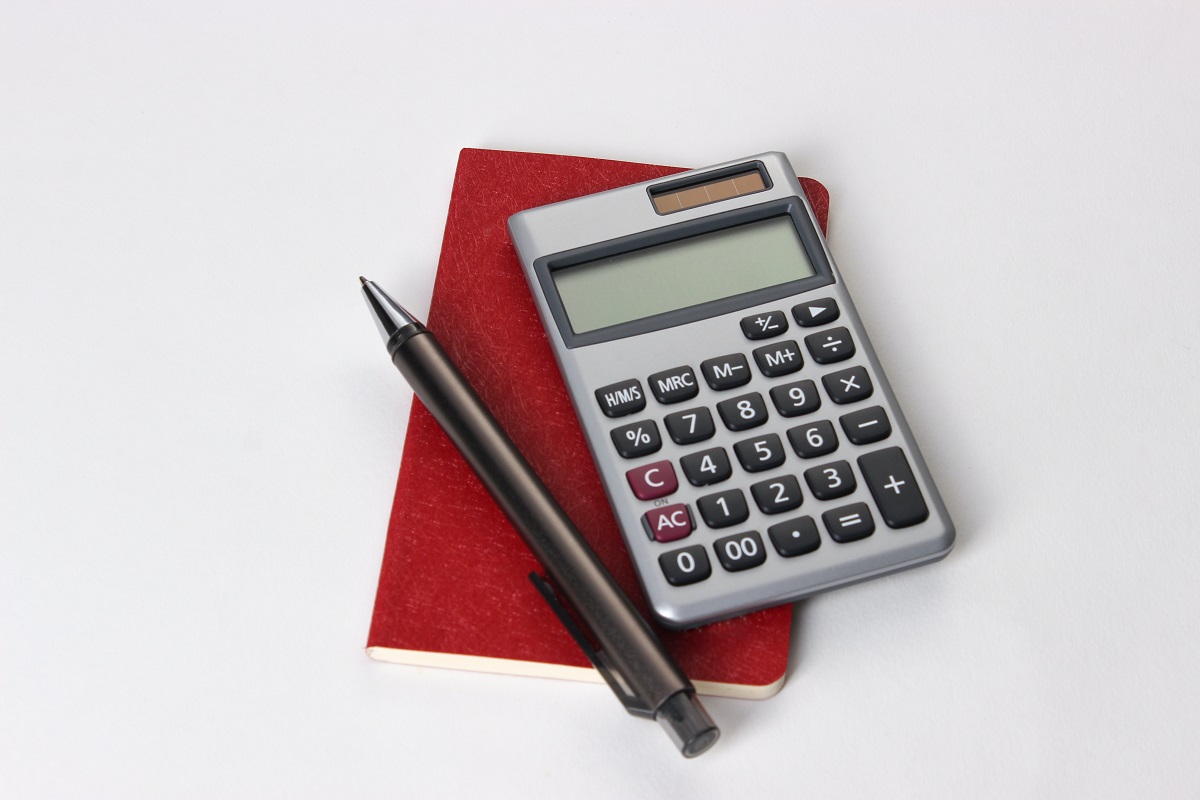
The following chart depicts how inflation is typically reported: trailing 12-month changes for all items in the U.S. Consumer Price Index. By this statistic, inflation has largely subsided.
But that is just one way to judge the change in the inflation rate. A second is the measure traditionally favoured by economists: core inflation. That calculation ignores the often-transitory shifts in food and energy prices. We can further refine the analysis by switching from the 12-month viewpoint to one month. Using a longer period smooths the results, at the cost of losing information. When using rolling periods, changes can owe either to the effect of the current month’s report or to that which vanished from the record. Observers cannot know which.
From this perspective, inflation peaked not last summer, but spring 2021. Since then, the inflation rate has bumpily declined. Few noticed the downturn until recently because the movement was masked by 1) the distraction caused by rising food and energy costs and 2) the use of 12-month trend lines. But the news has progressively improved over the past two years.
Sticky Situation
Yet another approach, one that economists have grown increasingly fond of, is the more restrictive idea o “sticky prices”: minus food, energy, and shelter. Sticky-price items are only gradually affected by inflation, a stipulation that forbids food and energy. The measure omits shelter not because it lacks stickiness, but because it muddies interpretation. For example, if rents on new leases fell during late 2022, CPI shelter costs would simultaneously be rising, thanks to the ongoing effect (via one-year leases) of previous rent hikes. That is in fact what happened.
Below is the picture of monthly inflation when assessed under those conditions. By this account, inflation well and truly has completed a round trip.
The Supply Chain
None of these illustrations are definitive, as the data can be variously tortured. Nevertheless, it is hard to escape the conclusion that the inflationary spike was temporary. Inflation optimists argued that the pain from rising costs would soon recede, because its primary cause was supply chain pressures, as companies struggled to meet the pent-up consumer demand that followed pandemic lockdowns. Although the decline in prices took longer than most anticipated, the evidence would seem to support their claim.
(I make that statement based not only on the previous three charts, each of which portrays inflation’s retreat, but also on the demonstrated relationship between inflation and supply chain problems.)
The Participants
Throughout the events, three parties delivered their opinions on the future of inflation: 1) professional economists, 2) their detractors, and 3) the marketplace. The latter, to be sure, did so silently, but its judgments can accurately be assessed through the history of Treasury bond prices.
1) The economists. As a first approximation of the truth, no economist foresaw 2021′s surge in inflation. For example, in November 2020 the median estimate of 2021 core inflation from the professional forecasters surveyed by the Federal Reserve Bank of Philadelphia was a minuscule 1.8%. The group assigned only a 1% chance to the possibility that the 2021 rate would exceed 3%.
You can’t get much more wrong than that. However, the economists atoned for their mistake by adjusting their views rather than overhauling them. Consequently, they appear to have hit the mark in 2023. Entering this year, they predicted that by the fourth quarter, the year-over-year core inflation rate would be a modest 2.9%. That will likely be very close to the actual figure.
2) The detractors. When inflation did arrive, humiliating the economists (some of whom, to their credit, did issue mea culpas), their critics quickly occupied the higher ground. The professionals had erred, they stated (“they” being journalists, politicians, or sceptical investors), because they failed to realise that the old rules no longer applied. Too many years of lax monetary and/or fiscal policy had poisoned the well. The Fed’s customary tool of interest-rate hikes would not quell inflation, at least not until they became ruinously high.
While it’s too early to dismiss that argument, recent facts have not supported it. At this stage, such hypotheses are based more on distrust than on the numbers.
3) The marketplace. Unsurprisingly, given that both represent the consensus beliefs of investment professionals, the marketplace reflected economists’ beliefs. Five-year Treasury notes opened 2021 paying the ruinously low yield of 0.36%. Within two months – two months! – inflation had already consumed that security’s scheduled distributions. Its investors would lose money in real terms, bigly.
However, although bond prices subsequently dropped, the bond market ultimately kept its faith. Across the yield curve, Treasury note/bond yields have usually hovered near 4%. If investors in sum thought that high inflation was here to stay, they would have demanded a significantly higher rate.
Missing the Turn
Institutional investors benefit from solidity. Their decisions are anchored in data, and (both because their views are collective, and because their motives are profits) reasonably free of personal bias. Over the past year, their relative immobility has served them well, as adjusting their previous beliefs more accurately forecast what transpired than overhauling them would have done.
Unfortunately, professional investors usually miss turning points. The recent inflation surge proved no exception. When storms arrive, economists and the marketplace typically react only after the fact.
In contrast, those outside the investment mainstream habitually look forward, alleging that this time is in fact different. In 2021, that claim was spectacularly correct, permitting them to spot what the professionals overlooked. But most skeptics oversold their argument, by suggesting that because the economists once blundered, they would do so again. That does not appear to be the case.
This episode illustrates once again the difficulty of mingling economics and investing. Who to trust? The insiders were wrong, and then they were right. Their detractors were right and then wrong. Few investors could have timed that call correctly.
The views expressed here are the author’s.





:quality(80)/cloudfront-us-east-1.images.arcpublishing.com/morningstar/A6OOX7PBSVEJ5BXDFSPKGLO72M.png)
:quality(80)/cloudfront-us-east-1.images.arcpublishing.com/morningstar/LUIUEVKYO2PKAIBSSAUSBVZXHI.png)


.jpg)










